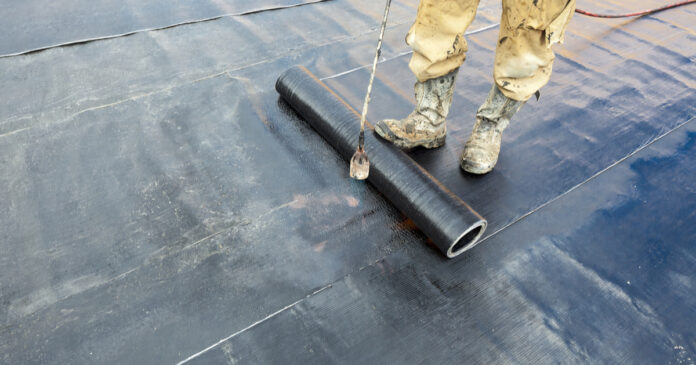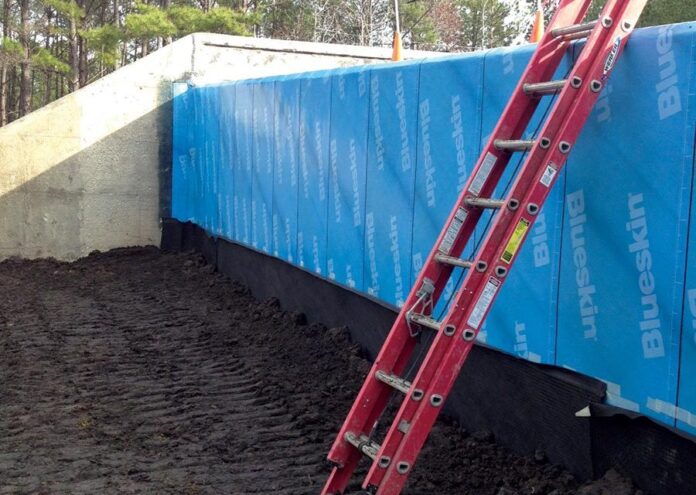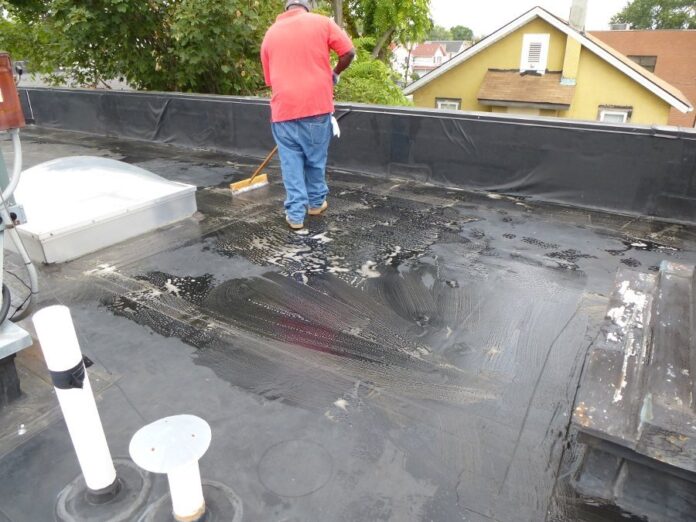
As a homeowner, one of the best investments you can make is to get your property waterproofed. Apart from securing your home’s structural integrity, waterproofing ensures that all kinds of water damage are prevented and addressed in a timely manner.
A common way of waterproofing a building is the application of a waterproofing membrane. These membranes are thin layers (about 2-4 mm thick) of continuous water-tight materials that are laid over a surface to prevent water from passing through it.
There are different types of waterproofing membranes (sheet-based and liquid-applied) and knowing what properties to look for ensures that you choose the one that is right for you. Below are some of the properties to look out for when choosing a waterproofing membrane.
UV Stability
This is very important, especially in cases where the membrane will be exposed to prolonged and excessive sunlight. UV stability ensures that the waterproofing membrane stays durable and does not deteriorate from prolonged sunlight exposure.
Breathability
While waterproofing membranes offer many amazing benefits, one downside of good waterproofing is that if water does manage to seep into the structure from a vulnerable point and spread across a surface, that water becomes trapped within the membrane and won’t be able to escape.

This is where breathability becomes important. Waterproofing membranes that are breathable ensure that any water trapped within the structure is released into the air in the form of water vapor. This means that the best waterproofing membranes are the ones that are designed to keep water from entering while also allowing for water vapor to pass through.
This does a good job of preventing dampness from building up in the structure of the property, but if the vulnerable point is too big or there are too many of them this can still cause issues such as rising dampness in your home, which is why it is important to get your waterproofing done by a damp specialist London to prevent such issues from arising in future.
Elongation
A good waterproofing membrane should be flexible and able to stretch over a surface. Elongation accounts for this stretching ability, and it is measured in percentages. For example, if a waterproofing membrane has an elongation of 150%, it means that the membrane can be stretched to up to 1.5 times its original length (membranes with elongation properties of up to 200% are also available).
High elongation is a necessity for buildings where movement is bound to occur, for example, high-rise buildings or buildings made with steel. It is what ensures that the membrane is able to stretch over any cracks that may develop over time in these types of buildings.
Tear Resistance

Tear resistance is another important feature to consider when choosing a waterproofing membrane. This is because many of the membranes that have excellent elongation tend to be vulnerable to tearing. The membrane you choose should be one that won’t tear when a relatively high stretching force is applied.
Abrasion Resistance
Abrasion resistance is what ensures that the membrane is able to resist wear and tear. Abrasion is an issue most likely to occur during the construction period from workers walking over, dropping items, and scraping hard objects over the exposed membrane. For waterproofing membranes that are soft and have low abrasion resistance, these activities will likely cause them to get damaged easily.
Chemical Stability
The waterproofing membrane you choose should be one that is chemically inert with respect to its environment (soil and rainwater). This is especially important for membranes used on outside basement walls as they are more exposed to rainwater and soil.
Conclusion:
The application of a waterproofing membrane is necessary for preventing water damage and maintaining the structural integrity of your property. There are different types of waterproofing membranes, and above are some of the properties that a good membrane should possess.








